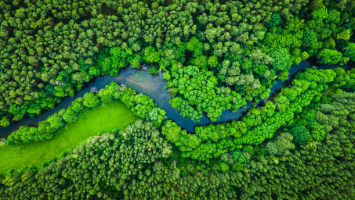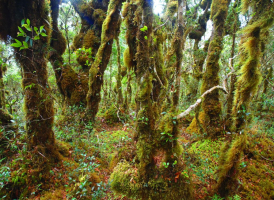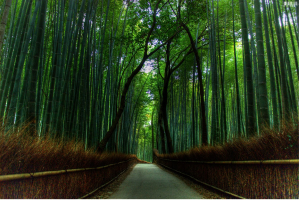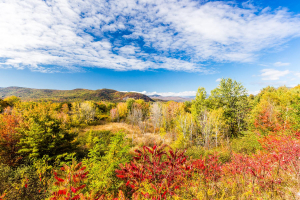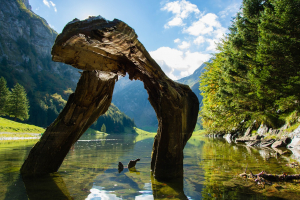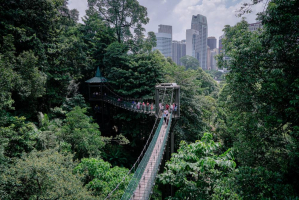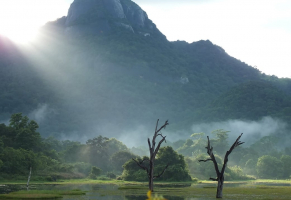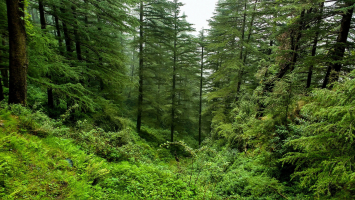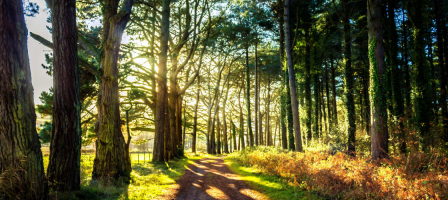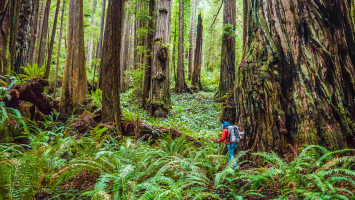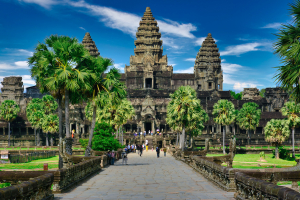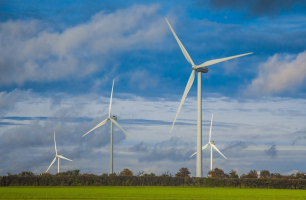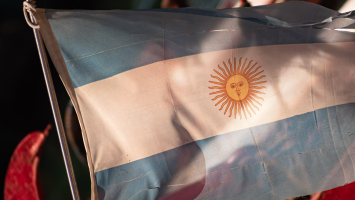Top 10 Largest Forests
Even though forests are responsible for the survival of the great majority of plant and animal species, it represents only 30% of the world's geographical ... read more...area. They provide important wildlife habitats, human livelihoods, and aid in climate change mitigation. These are the top 10 largest forests in the world.
-
The Amazon rainforest is the world's most diverse and biggest forest, covering around 2,300,000 square miles. It covers Brazil, Bolivia, Colombia, Ecuador, French Guiana, Guyana, Peru, Venezuela, and the Republic of Suriname. It is home to one in ten of species of wildlife and new species discovered daily on the planet. Unfortunately, the Amazon is facing unprecedented environmental issues as a result of deforestation and fire; in the Amazon rainforest portion of Brazil, nearly 28,000 square miles were burned as recently as 2019.
Brazil's fast-rising population inhabited vast portions of the Amazon Rainforest in the twentieth century. As a result of people clearing land to extract lumber and build grazing meadows and farmland, the Amazon jungle declined rapidly. Brazil holds over 60% of the Amazon basin within its borders, with forests covering 1,583,000 square miles (4,100,000 square kilometers) in 1970. By 2016, forest cover had decreased to roughly 1,283,000 square miles (3,323,000 square kilometers), or about 81 percent of the area covered by forests in 1970.
The Amazon Rainforest is the world's richest and most diverse biological reservoir, with millions of insect, plant, bird, and other species, many of which are still unknown to science. There are numerous species of myrtle, laurel, palm, and acacia trees, as well as rosewood, Brazil nut, and rubber tree, among the lush greenery. The mahogany and the Amazonian cedar provide excellent wood. The jaguar, manatee, tapir, red deer, capybara, and many other rodents, as well as various varieties of monkeys, are among the major animals.
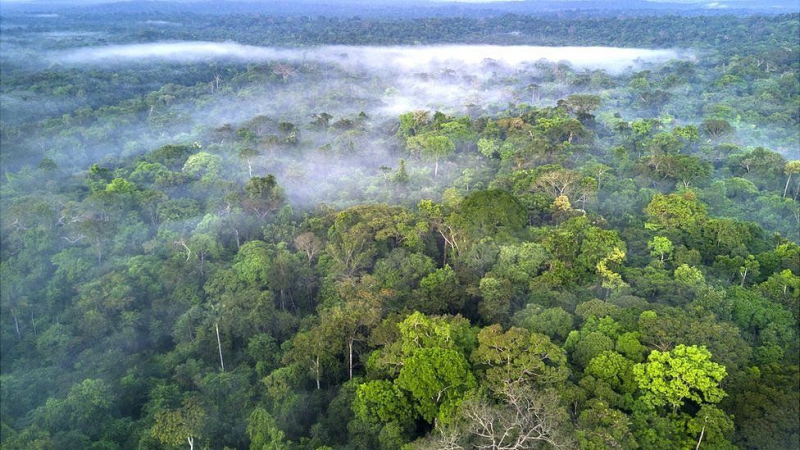
bbc.com 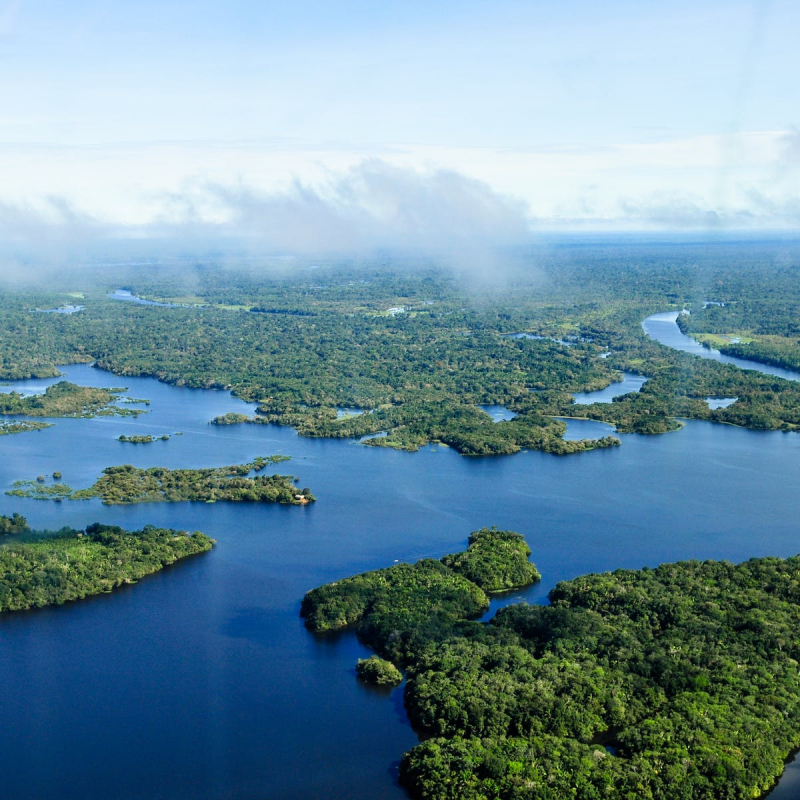
theconversation.com -
The Congo is the world's second-largest river by volume, draining the Congo Basin, which covers 3.7 million square kilometers - about 1.4 million square miles. Tropical rainforests and wetlands cover a large portion of the basin. These habitats make up the majority of Central Africa's rainforest, which is the world's second-largest at 178 million hectares.
The Congo rainforest is famous for its enormous biodiversity, with over 600 different tree species and 10,000 different animal species. Forest elephants, gorillas, chimps, okapi, leopards, hippos, and lions are among the park's most notable residents. Some of these species have an important role in determining the character of the forest in which they live. For example, Central African woods feature taller trees but a lower number of tiny trees than Amazon or Borneo forests, according to researchers. What is the explanation for this? Predation by elephants, gorillas, and other large herbivores keeps the density of tiny trees low, minimizing competition for huge trees. Forests tend to be shorter and thicker with little trees in locations where these animals have been decimated by hunting. As a result, it's no surprise that old-growth forests in Central Africa store massive amounts of carbon in their vegetation and tree trunks (39 billion tons, according to a 2012 study), acting as a crucial climate-change buffer.
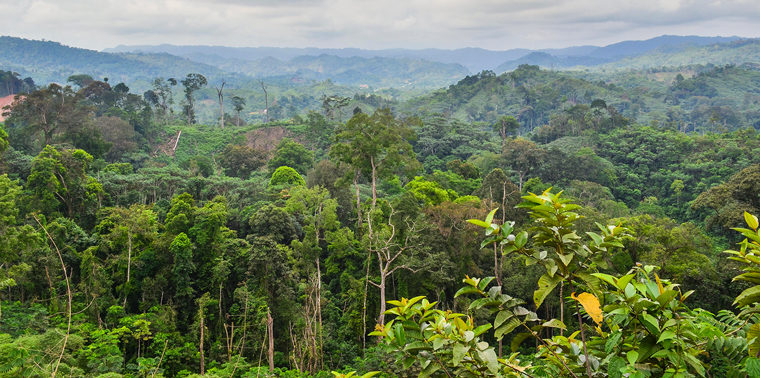
ensia.com 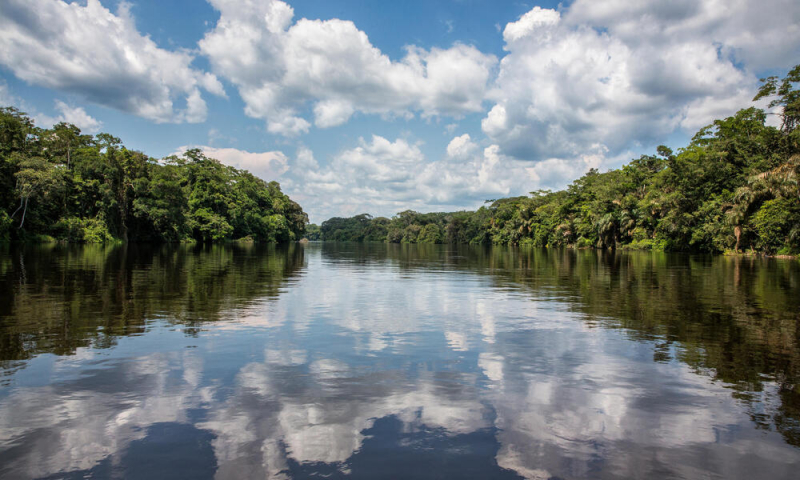
worldwildlife.org -
New Guinea Rainforest cover more than half of the country's surface, encompassing 303,500 square miles of enormous hilly landscapes. The New Guinea rainforest is home to indigenous peoples and native animal species who have had little to no contact with the outside world due to its island location.
The large Fly River watershed, which is born in this heavy rainfall zone, is ecologically dependent on the rain forests of this ecoregion. Hopea celtidifolia and Vatica russak dominate the lowland hill woods, while Podocarpus and Lithocarpus dominate the lower montane elements. Except for considerable communities near the Ok Tedi mine in the west, the Upper Fly lowlands constitute a huge tract of sparsely populated, old-growth wet rain forest, which is typical of the Upper Fly platform's unusually rich biota. This ecoregion also has Araucaria forest, Castanopsis, Quercus, traditional medicinal and food plants, nutmeg, and traditional spirit trees, all of which are botanically unknown. The mammalian fauna consists of a wide variety of tropical Australasian marsupials, including a tree kangaroo. The ecoregion contains sixty-nine mammal species, thirteen of which are endemic or near endemic; Flannery and Groves 1998; Bonaccorso et al.,. Bulmer's fruit bat and the large pogonomelomys are critically endangered, whereas the lesser tube-nosed bat , New Guinea sheathtail-bat , Fly River horseshoe-bat , and Papuan mastiff bat are considered vulnerable.
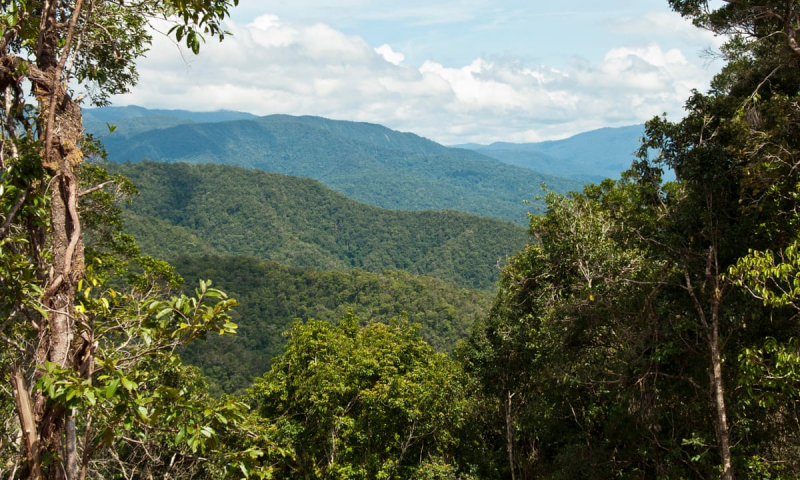
theguardian.com 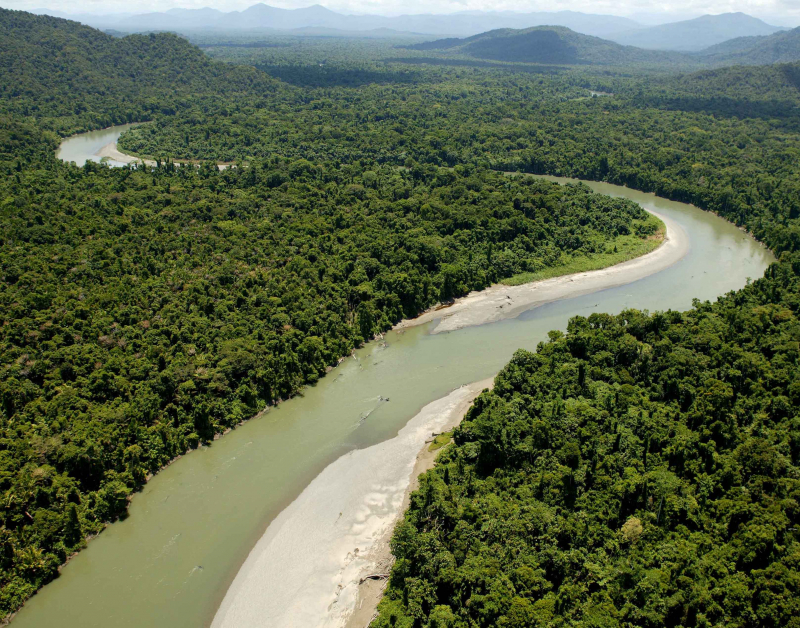
wwfpacific.org -
The Valdivian Temperate Forest ecoregion is located in South America's southern cone. It spans a tiny swath of land between the Andes' western slope and the Pacific Ocean. In central Chile, the tree line is around 2,400 meters high, dropping to 1,000 meters in the Valdivian region. At these latitudes, the Andean mountains soar to almost 3,000 meters. The temperate woods disappear at these higher elevations, and high Andean vegetation takes their place. The maximum annual average temperatures in the ecoregion range from 13°C in the south to 21°C in the north, with minimum annual average temperatures of 4–7°C. The ecoregion's average annual precipitation ranges from 1,000 mm in the north to more than 6,000 mm in the south. The ecoregion features a mosaic of forest types due to a mix of biogeographic events, temperature and precipitation gradients, a long history of isolation, and recent major climatic changes.
The Valdivian Temperate Forest are a real biogeographic island, cut off from other climatically comparable places by vast ocean barriers and deserts. It is distinguished by its exceptional endemism and variety. Vascular plant species number 700 to 800 in the ecoregion. All vertebrates have 45 percent endemism, 76 percent for amphibians, 50 percent for freshwater fish, 36 percent for reptiles, 33 percent for mammals, and 30 percent for birds at the species level. Three endangered species, as well as the highly endangered Vanzolini's spiny-chest frog, are among the amphibians of interest.
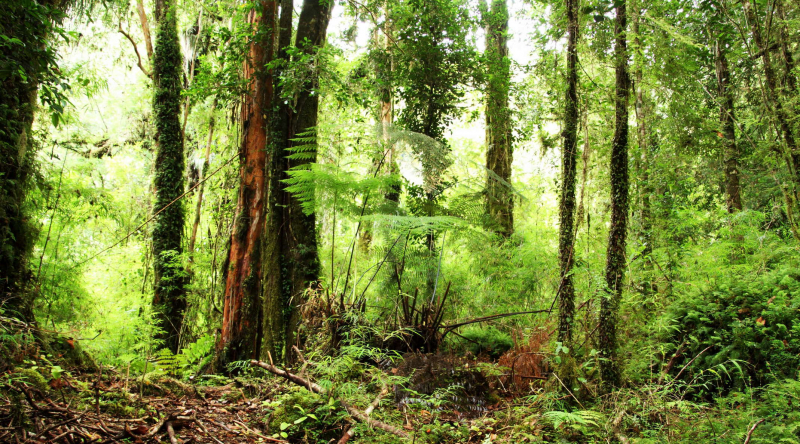
mergili.at 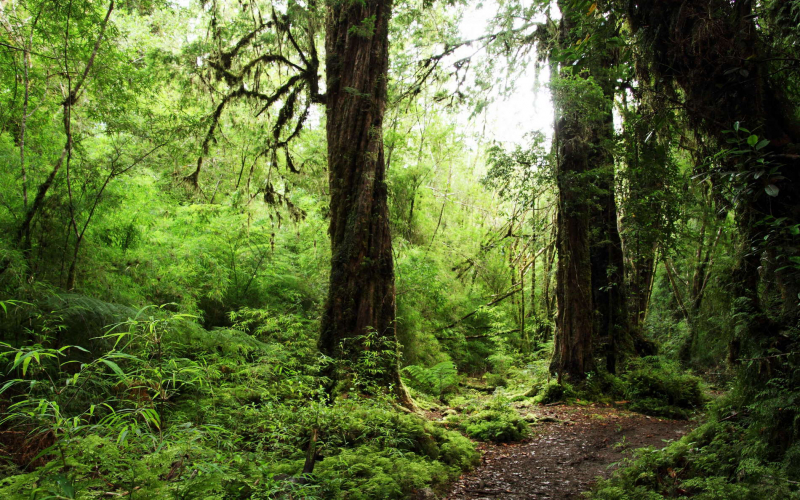
mergili.at -
New congressional attempts to clear-cut rare and important old-growth trees are threatening the Tongass National Forest, America's largest national forest. Furthermore, the US Forest Service announced plans to issue a final Alaska-specific Roadless Rule in October 2020, eliminating roadless protections for the Tongass National Forest and opening millions of acres of irreplaceable old-growth temperate rainforest to clearcut logging under the previous Trump administration. Local communities and the region's economies are being forced to accept something they don't want or need: a rebirth of large-scale clear-cutting and an attempt to restore a sector that contributes less than 1% to the region's economy.
The Tongass National Forest is home to a diverse range of wildlife. Here you'll find the Sitka blacktail deer, as well as its two main predators, the wolf and brown bear. Mountain goats and moose, as well as black bears, are common. Dall's and harbor porpoises, harbor seals, sea otters, and humpback, minke, and killer whales can also be found along the coasts. Halibut and all five species of Pacific salmon can be found in the waters. This location has more bald eagles than anywhere else in the planet.
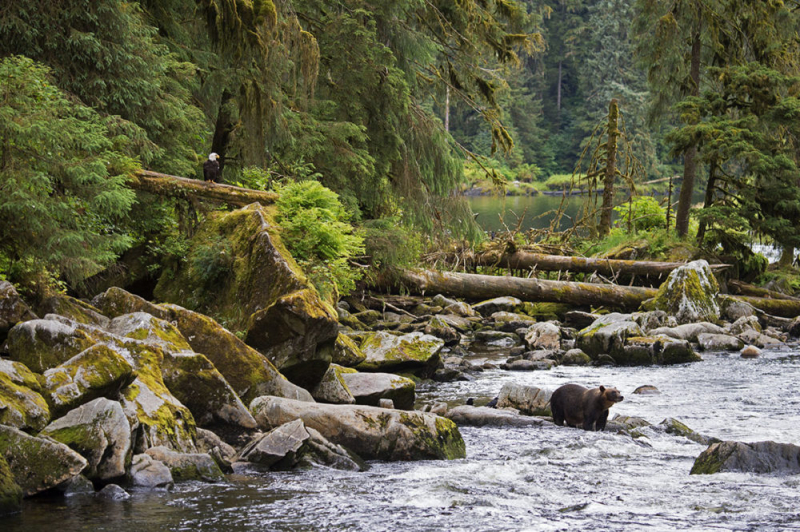
wbur.org 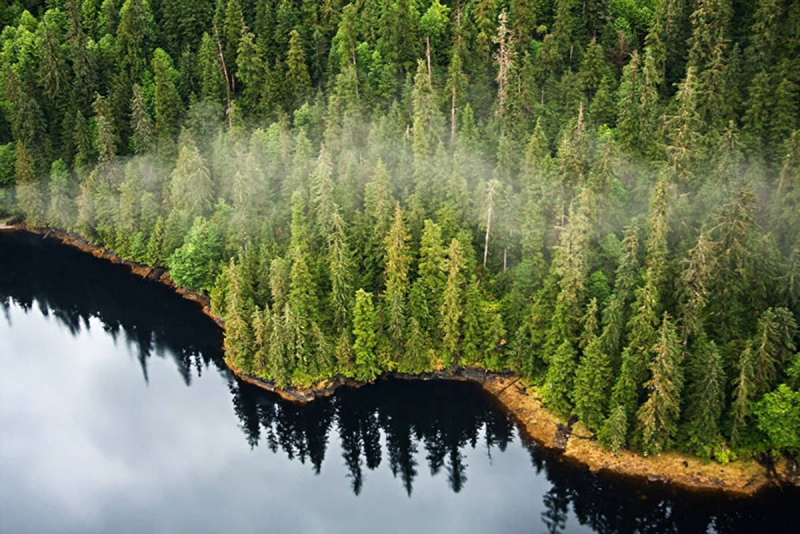
adn.com -
The Bosawás Biosphere Reserve, located in the northern section of Nicaragua's state of Jinotega, is a mountainous tropical forest that was classified as a UNESCO biosphere reserve in 1997. The reserve, which is over 2 million hectares in size, accounts for nearly 15% of the country's total land area. It is the second-largest rainforest in the Western Hemisphere, after the Amazon in Brazil, when combined with the biosphere of the banana river in Honduras, which is adjacent to the jungle of the Bosawás reserve. Bosawás is largely uncharted territory with a diverse ecosystem.
The tropical forest is the world's most diverse biome, with estimates claiming that Bosawas is home to 13% of all known species on the globe. There are a large number of quetzals in the area. Due to high humidity levels, the arboreal composition of the Reserve's woodlands does not vary significantly, which is a beneficial feature for biodiversity conservation. The forests that display an excellent level of conservation in the reserve's core regions, surrounded by an area with intervention areas, are located in the reserve's core regions. Lower Sub-Perennial Forest, Lower Sub-Perennial Forest, Lower Sub-Perennial Forest, Upper Sub-Perennial Forest, Upper Sub-Perennial Forest, Upper Sub-Perennial Forest, Upper Sub-Perennial Forest, Upper Sub-Perennial Forest, Upper Perennial Forest, Lower Sub-Perennial Forest, Lower Sub-Perennial Forest, Lower Sub-Perennial Forest, Lower Sub-Perennial Forest, Lower Sub-Perennial Forest.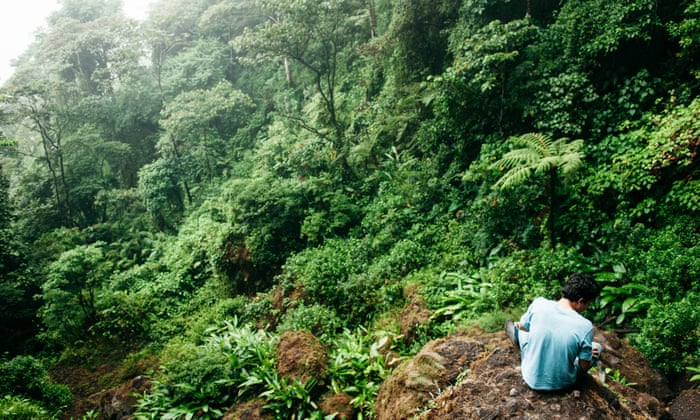
theguardian.com 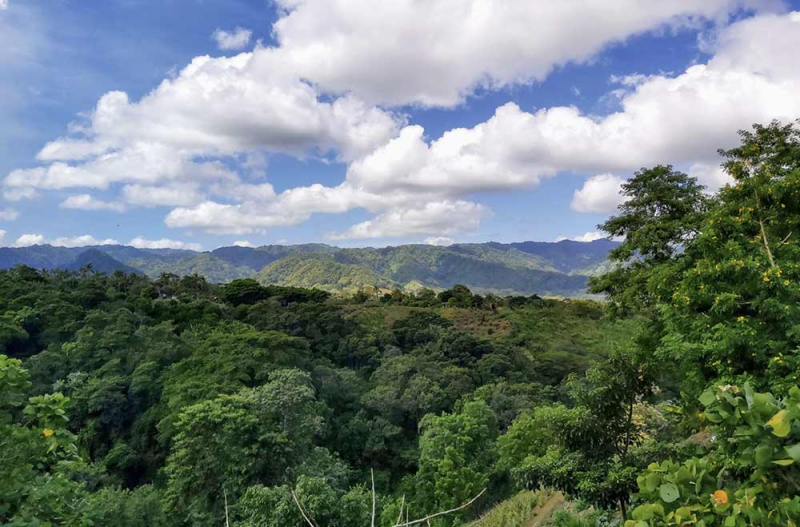
ignitiongroupplc.com -
The Xishuangbanna Tropical Rainforest, located in the Xishuangbanna 3 counties of Jinghong, Mengla, and Menghai in southern Yunnan province, is the most preserved tropical rainforest in our country's high latitudes and high altitude areas.
The primitive forest park in Xishuangbanna offers a unique primeval forest natural environment as well as charming ethnic customs. There are more than 50 scenic area attractions in the park, including the best preserved tropical rainforest valleys of the south of the tropic of cancer, the peacock breeding base, the monkey domestication base, large ethnic customs performance field, Aini ethnic stockaded village, Jiulong waterfall, Manshuanglong pagoda, hundreds of meters of granite relief, golden lake legend, ethnic flavor barbecue field, and so on. It was named one of China's top ten most beautiful forests by the Chinese National Geography magazine.The tropical rain forest region in Xishuangbanna and its adjacent areas is around 80 hectares, and it is used for plant relocation and local protection. There are over 2000 species of seed plants conserved here, with over 100 of them being uncommon or endangered.
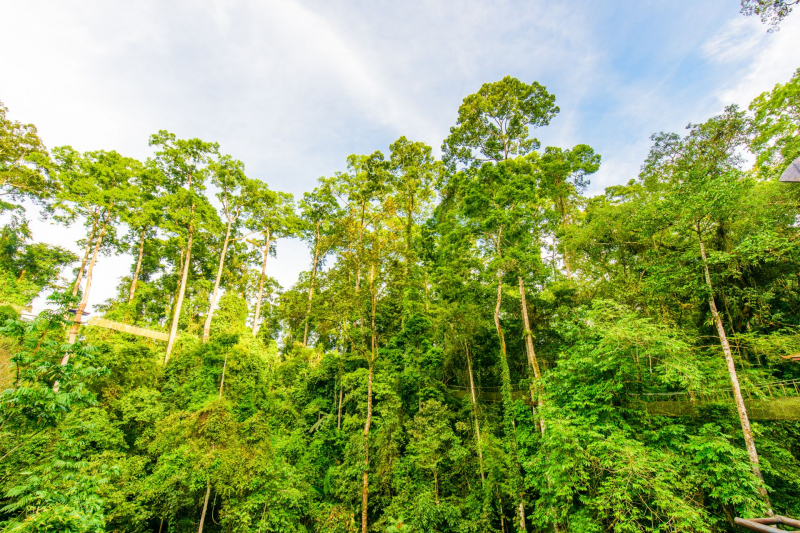
trip.com 
en.wikipedia.org -
The Daintree Rainforest is located north of Mossman and Cairns on the northeast coast of Queensland, Australia. The Daintree, with its 1,200 square kilometers of tropical rainforest, is Australia's largest continuous stretch of tropical rainforest. The Wet Tropics of Queensland Rainforest, which spans the Cairns Region, includes the Daintree Rainforest. The Daintree Rainforest is part of the Wet Tropics Rainforest, which is the world's oldest continuously surviving tropical rainforest. The tropical forest extends right down to the edge of the water along the coast north of the Daintree River. The Daintree Rainforest was named one of the Q150 Icons of Queensland as part of the Q150 festivities for its role as a natural attraction.
The Daintree Rainforest is home to 30% of Australia's frog, reptile, and marsupial species, as well as 90% of the country's bat and butterfly species. This area is home to 7% of all bird species in the country. The rainforest is the habitat of approximately 12,000 insect species. All of this diversity is housed inside a region that accounts for 0.12% of Australia's landmass. The Daintree National Park protects a portion of the forest, which is drained by the Daintree River. The roads north of the river wind through lush woodland and are designed to have as little damage as possible on this historic environment.
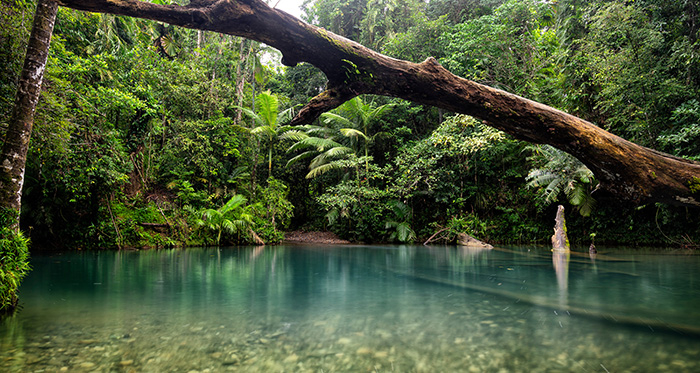
jcu.edu.au 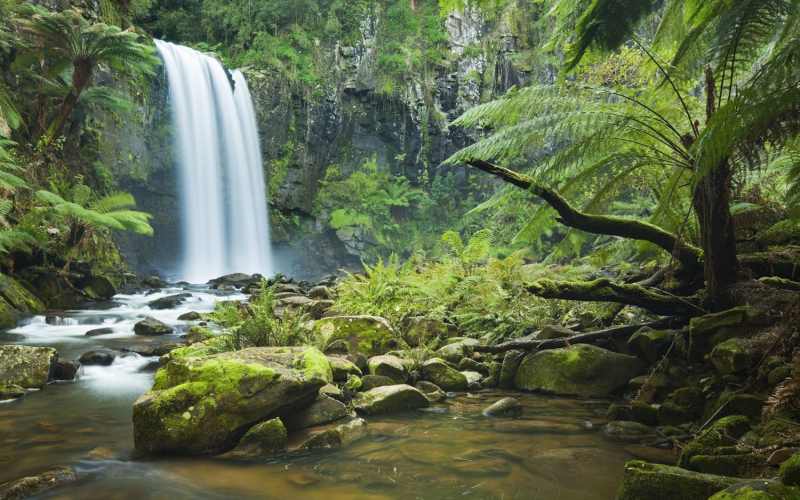
theblondeabroad.com -
Kinabalu Park, one of Malaysia's first national parks, was designated as a UNESCO World Heritage Site in December 2000 for its "outstanding universal values" and role as one of the world's most important biological sites, with over 4,500 species of flora and fauna, including 326 bird and around 100 mammal species, and over 110 land snail species. It is located on the west coast of Sabah, Malaysian Borneo, and encompasses 754 square kilometers of territory surrounding Mount Kinabalu, the highest mountain on the island of Borneo at 4,095.2 meters. The park is one of Sabah's and Malaysia's most popular tourist destinations. In 2010, 611,624 people visited the park, including 47,613 climbs.
Kinabalu Park is located on Sabah's western shore, on the Crocker Range. It is found in the West Coast Division, in the district of Ranau. Crocker Range National Park, which is located to the south, is not to be mistaken with this park. The park headquarters are located 88 kilometers from Kota Kinabalu. From various regions of Sabah, there are sealed roads going to the park headquarters. At an elevation of 1,563 meters, it is located on the southern border of Kinabalu Park.

audleytravel.com 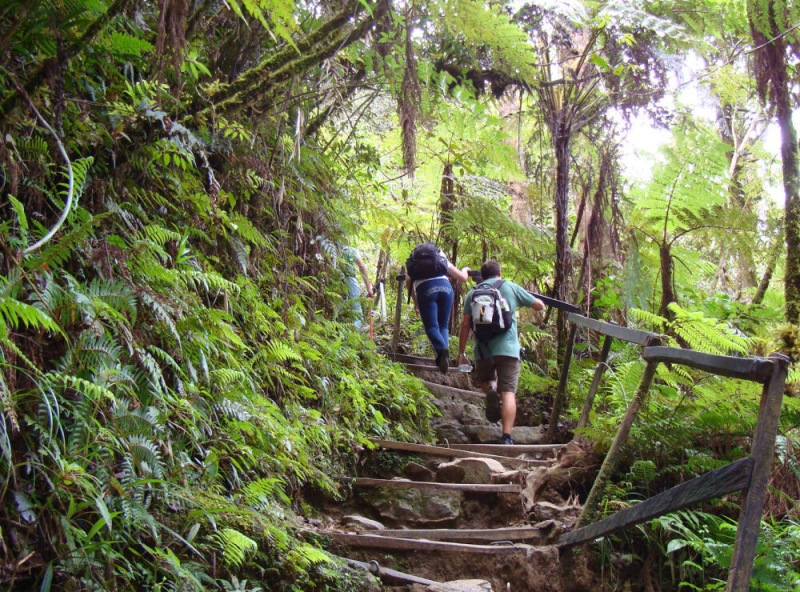
selectiveasia.com -
The Monteverde Cloud Forest Reserve is a Costa Rican reserve located in the Puntarenas and Alajuela provinces along the Cordillera de Tilarán. The Monteverde Cloud Forest Reserve, established in 1972 and named after the nearby town of Monteverde, has around 10,500 hectares of cloud forest. It receives over 70,000 visitors each year. The Reserve is divided into six biological zones, with 90 percent of the land being virgin forest. Scientists and tourists alike have been drawn to the area because of its tremendous biodiversity, which includes around 2,500 plant species (including the most orchid species in one location), 100 animal species, 400 bird species, 120 reptilian, and amphibian species, and hundreds of insects.
The Monteverde Reserve, the Santa Elena Reserve, and the Children's Eternal Rainforest are the three main reserves that protect the cloud forest-covered mountains in this section of Costa Rica. A quarter-million tourists visit each year from all over the world to discover the biodiverse highlands. There are 755 tree species in total, which means that The Monteverde Cloud Forest can have more tree species per square mile than the entire United States of America. Monteverde is a great place to visit if you want to see what Costa Rica is all about: amazing biodiversity and environmental preservation.
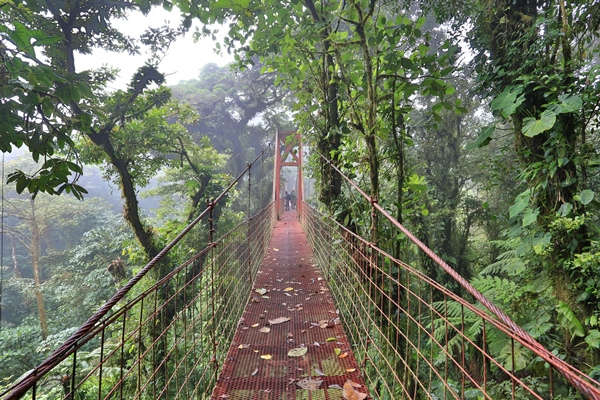
costaricaexperts.com 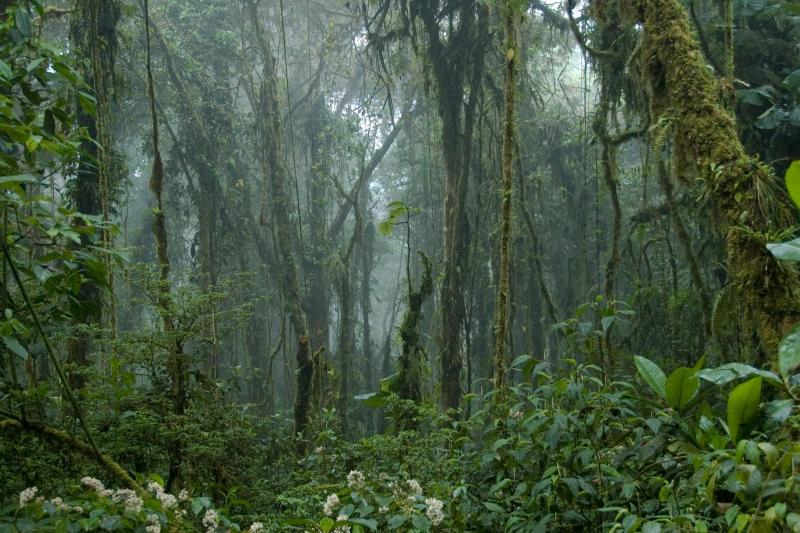
grayline.com












